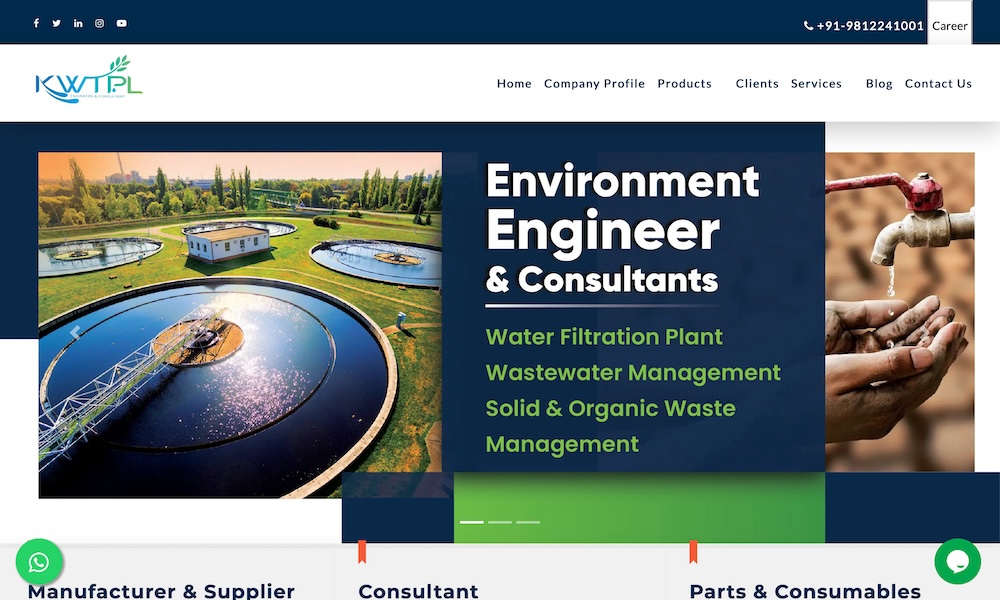Description
Baling press machine play a critical role in various industries by compacting waste materials into manageable and transportable bales. These machines are indispensable in recycling, agriculture, manufacturing, and waste management sectors. This comprehensive guide will delve into the intricacies of baling press machines, exploring their types, working principles, applications, and benefits.
What is a Baling Press Machine?
A baling press machine is a piece of equipment designed to compress materials into dense, compact bales for easy handling, transportation, and storage. These machines are widely used to manage recyclable materials such as paper, cardboard, plastic, metal, and textiles. By reducing the volume of waste, baling press machines facilitate more efficient recycling processes and reduce the environmental footprint of waste disposal.
Types of Baling Press Machines
Baling press machines come in various types, each suited to specific materials and applications. The main types include:
1. Vertical Balers
Vertical balers, also known as downstroke balers, are compact and ideal for facilities with limited space. These machines operate by compressing materials vertically using a hydraulic ram. They are commonly used for baling cardboard, paper, plastics, and other lightweight materials. Vertical balers are user-friendly and cost-effective, making them popular in retail stores, warehouses, and small recycling centres.
2. Horizontal Balers
Horizontal balers are larger and more robust, designed for high-volume operations. They compress materials horizontally and are typically used in recycling centres, manufacturing plants, and waste processing facilities. Horizontal balers can handle a variety of materials, including metals, plastics, and large cardboard pieces. They offer higher throughput and automation options, making them suitable for industrial applications.
3. Two-Ram Balers
Two-ram balers feature two hydraulic rams: one for compressing the material and another for ejecting the finished bale. This design allows for greater compression force and the ability to handle diverse materials, including non-ferrous metals, textiles, and foam. Two-ram balers are versatile and efficient, making them ideal for large-scale recycling operations.
4. Closed-Door Balers
Closed-door balers are a type of horizontal baler with an enclosed chamber, ensuring that the materials are fully contained during the baling process. This design minimizes spillage and maximizes compression efficiency. Closed-door balers are suitable for high-density materials and applications requiring maximum bale integrity.
Working Principle of Baling Press Machines
The basic working principle of a baling press machine involves compressing loose materials into a dense, compact form. Here’s a step-by-step overview of the process:
- Loading: The materials to be baled are loaded into the machine’s chamber, either manually or via conveyor belts.
- Compression: A hydraulic ram compresses the materials within the chamber. The force applied depends on the type and capacity of the baler.
- Binding: Once the desired compression is achieved, the bale is bound using wire, plastic strapping, or other binding materials to maintain its compact shape.
- Ejection: The completed bale is ejected from the chamber, ready for transportation or storage. In two-ram balers, a secondary ram facilitates this ejection.
Applications of Baling Press Machines
Baling press machines have diverse applications across various industries:
1. Recycling Industry
In the recycling industry, baling press machines are essential for managing and processing recyclable materials. They reduce the volume of waste, making it easier to handle, transport, and recycle. Common materials baled include paper, cardboard, plastics, metals, and textiles.
2. Agriculture
In agriculture, baling press machines are used to compact crop residues, hay, straw, and other organic materials. The bales produced are easier to store and transport, facilitating efficient use of space and resources.
3. Manufacturing
Manufacturing facilities use baling press machines to manage waste materials such as scrap metal, plastic, and packaging materials. By baling these materials, manufacturers can streamline their waste management processes and improve operational efficiency.
4. Waste Management
Waste management companies utilize baling press machines to handle municipal solid waste, reducing landfill volumes and promoting recycling. These machines help in creating a cleaner and more sustainable environment.
Benefits of Baling Press Machines
The use of baling press machines offers numerous benefits:
1. Space Efficiency
By compressing materials into dense bales, baling press machines significantly reduce the space required for storage and transportation. This efficiency is particularly beneficial in facilities with limited space.
2. Cost Savings
Reduced waste volume translates to lower transportation and disposal costs. Additionally, the compact bales can be more easily sold or recycled, generating revenue from waste materials.
3. Environmental Impact
Baling press machines contribute to environmental sustainability by promoting recycling and reducing the volume of waste sent to landfills. This process helps conserve natural resources and minimize the environmental footprint.
4. Operational Efficiency
Automation options in modern baling press machines enhance operational efficiency by reducing the need for manual labour. This efficiency leads to faster processing times and higher throughput.
5. Safety
Baling press machines are designed with safety features to protect operators from accidents. These features include emergency stop buttons, safety interlocks, and protective barriers.
Conclusion
Baling Press Machine are indispensable tools in various industries, offering significant benefits in waste management, recycling, agriculture, and manufacturing. Their ability to compact materials into dense, manageable bales facilitates efficient storage, transportation, and recycling processes. With advancements in technology, modern baling press machines are becoming more efficient, automated, and versatile, further enhancing their value in promoting environmental sustainability and operational efficiency. Understanding the types, working principles, and applications of baling press machines is crucial for businesses seeking to optimize their waste management practices and contribute to a greener future.
Related Websites
-
SOTD
Agreek – Agriculture & Organic Food WordPress Theme
by zozothemes
290 -
Team IHA LLP
by Team IHA LLP
698 -
Vishnuop
by vishnuop | Digital Marketer
171




